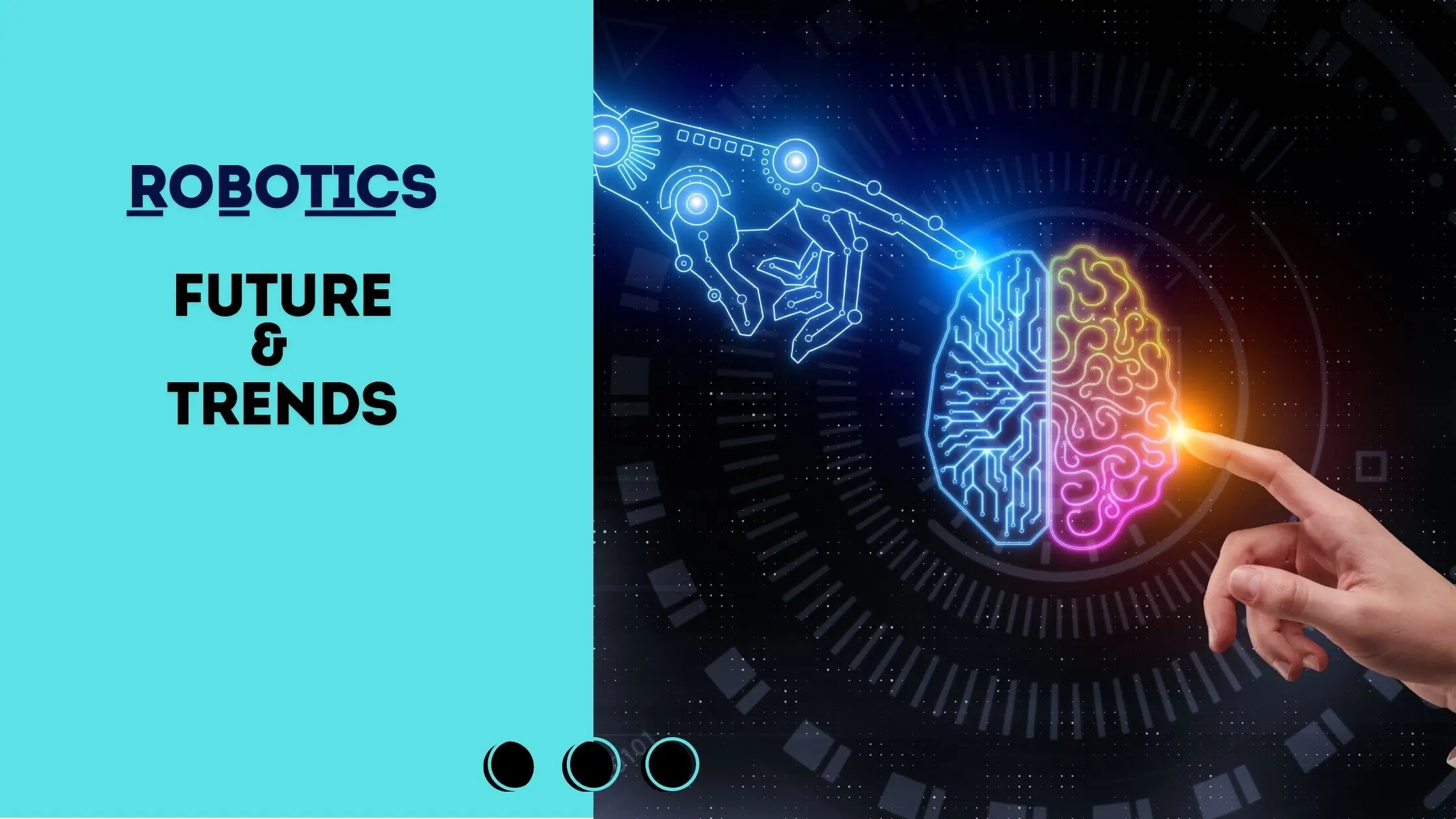Exploring the World of Robotics: Innovations, Applications, and Future Trends

Welcome to our deep dive into the fascinating world of robotics! From the origins of the term “robot” to the latest advancements in AI and autonomous systems, robotics is a field that combines engineering, computer science, and imagination to transform the way we live and work.
What is Robotics?
Robotics is an interdisciplinary branch of engineering and science that includes mechanical engineering, electrical engineering, computer science, and more. It focuses on the design, construction, operation, and use of robots, which are machines capable of carrying out complex actions automatically, either through direct human control or autonomously.
The Origins of Robotics
The term “robot” comes from the Czech word “robota,” meaning forced labor, and was first introduced in Karel Čapek’s 1920 play “R.U.R.” (Rossum’s Universal Robots). While the early conception of robots was rooted in fiction, the field has grown into a cornerstone of modern technology and innovation.
Types of Robots
Industrial Robots: These robots are designed for manufacturing and are known for their precision, speed, and endurance. They handle tasks such as welding, painting, assembly, and material handling, revolutionizing industries by improving efficiency and consistency.
Service Robots: Service robots assist humans in non-manufacturing environments. From robotic vacuum cleaners in our homes to surgical robots in hospitals, these machines are enhancing our daily lives and healthcare services.
Mobile Robots: Capable of moving around their environment, mobile robots include drones, autonomous vehicles, and robotic wheelchairs. Their ability to navigate and perform tasks independently makes them invaluable in various sectors.
Humanoids: Designed to mimic the human body and movements, humanoid robots like ASIMO by Honda and Atlas by Boston Dynamics are pushing the boundaries of robotics, aiming to perform tasks in environments designed for humans.
Technological Components of Robots
Sensors: Robots rely on sensors (e.g., cameras, LIDAR, ultrasonic sensors) to perceive their environment and gather necessary data for operation.
Actuators: These components enable robots to move. They can be electric motors, hydraulic systems, or pneumatic systems, providing the necessary motion for tasks.
Control Systems: These systems manage the commands and actions of a robot, allowing it to perform tasks autonomously or semi-autonomously.
Power Supply: Robots require a power source, which can range from batteries and solar power to fuel cells, depending on their design and purpose.
Applications of Robotics
Healthcare: Robotics is making significant strides in healthcare, from surgical robots like the Da Vinci system to rehabilitation robots that aid in patient recovery. They also assist in elderly care, providing support and companionship.
Agriculture: Robots are transforming agriculture through precision farming, which involves planting, harvesting, and monitoring crop health more efficiently than traditional methods.
Exploration: Robots play a crucial role in space and underwater exploration. Mars rovers, for example, are gathering invaluable data about the Martian surface, while underwater robots explore the depths of our oceans.
Military: In the military, robots are used for bomb disposal, surveillance, and combat support, enhancing safety and operational efficiency.
Advancements in Robotics
AI Integration: Artificial Intelligence (AI) is making robots more intelligent and capable of learning from their environment and experiences. This integration is crucial for developing autonomous systems that can perform complex tasks.
Collaborative Robots (Cobots): Designed to work alongside humans safely, cobots enhance productivity and safety in workplaces by performing repetitive or hazardous tasks.
Soft Robotics: Focusing on creating robots from highly flexible materials, soft robotics is ideal for interacting with humans and handling delicate objects, opening new possibilities in various fields.
Challenges in Robotics
Ethical Concerns: Robotics brings ethical issues such as job displacement, privacy, security, and the treatment of autonomous robots. Addressing these concerns is crucial for the responsible development and deployment of robotic technologies.
Technical Challenges: Developing reliable, efficient, and cost-effective robots remains a significant challenge, particularly for tasks requiring advanced perception and decision-making capabilities.
Future Trends in Robotics
Swarm Robotics: This involves coordinating large numbers of simple robots to perform tasks that a single robot cannot achieve alone. It has potential applications in environmental monitoring, disaster response, and more.
Human-Robot Interaction: Improving how humans and robots communicate and collaborate is a major area of research, aiming to make interactions more intuitive and productive.
Robotics in Education: Robots are increasingly used as educational tools to teach students about STEM (Science, Technology, Engineering, and Mathematics) concepts, fostering the next generation of innovators.
Autonomous Vehicles: The development and deployment of self-driving cars and other autonomous transport systems are progressing rapidly, promising to revolutionize transportation.
Robotics is an ever-evolving field with the potential to transform countless aspects of our lives. As technology advances, the integration of AI, improved sensors, and sophisticated designs will continue to expand the capabilities and applications of robots. The future of robotics is bright, promising innovations that could reshape the world as we know it.
Stay tuned to our blog for more updates and in-depth articles on the latest trends and breakthroughs in robotics!